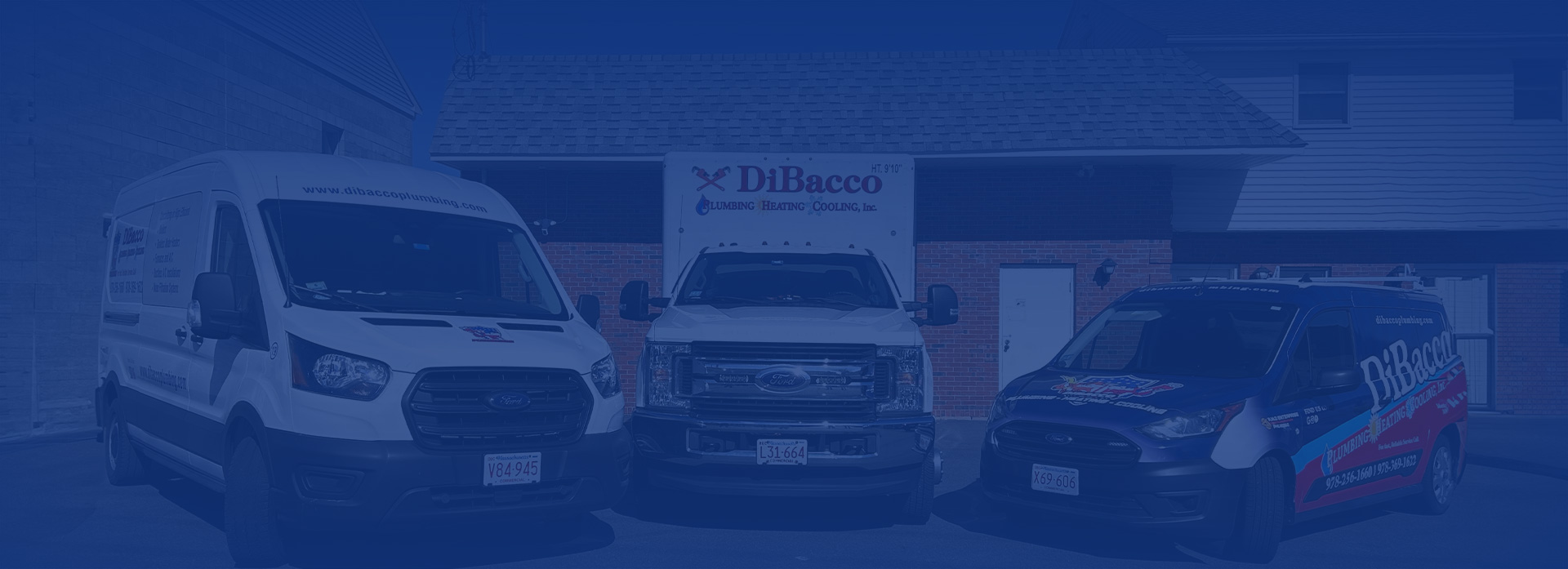Plumbing issues can send any homeowner into a panic. But not every plumbing problem requires an immediate call to a professional. With a little knowledge and some simple tools, you can tackle minor plumbing concerns on your own. Below, we’ve outlined five DIY plumbing fixes that are safe, straightforward, and won’t risk damaging your system.
1. Fixing a Leaky Faucet
A dripping faucet isn’t just annoying; it wastes water and can hike up your water bill. The good news? Fixing it is easier than you might think.
Start by determining the type of faucet you have (compression, ball, cartridge, or ceramic disk). Then, turn off the water supply and disassemble the faucet using basic tools like a wrench or screwdriver. Inspect the O-ring or washer for wear and tear. Often, replacing these small parts is all it takes to stop the drip.
DIY tip: Keep replacement washers or O-rings handy for quick fixes.
2. Clearing a Clogged Bathroom Sink
Bathroom sinks tend to get clogged with hair, soap residue, and dirt. Instead of reaching for harsh chemical drain cleaners, grab a drain snake or a zip-it tool.
Remove the sink stopper, insert the tool, and pull out any accumulated debris. For stubborn clogs, try flushing the drain with a mixture of hot water, baking soda, and vinegar before calling in a pro.
DIY tip: Use a drain guard to catch hair and prevent future clogs.
3. Repairing a Running Toilet
Does your toilet keep running long after you’ve flushed it? The fix is often inside the tank.
First, remove the tank lid and inspect the flapper. If it’s damaged or not sealing properly, replace it with a new one. Adjust the chain to ensure the flapper fully closes after each flush. This simple repair can save gallons of water every day.
DIY tip: Adjust the float to control the water level in the tank for better efficiency.
4. Unclogging a Shower Head
If water pressure in your shower seems low, your shower head might be clogged with mineral deposits. Unscrew it and soak it in a solution of white vinegar and water for about an hour. Scrub away any remaining residue with a toothbrush before reattaching it.
DIY tip: Consider installing a water softener if your area has hard water to prevent frequent clogs.
5. Sealing Small Pipe Leaks
Noticed a small leak under the sink or near a pipe joint? Emergency plumbing tape or a pipe repair kit can be a quick, temporary fixer-upper. Wrap the tape tightly around the leak to stop it from worsening while you decide whether to call a plumber for a permanent solution.
DIY tip: Always have plumbing tape in your toolkit for emergencies.
When to Call a Professional
While these repairs are simple and safe, some plumbing issues require an expert’s touch. If you’re facing recurring leaks, severe clogs, or any problem with your water heater, it’s best to call professionals like DiBacco Plumbing, Heating and Cooling for assistance.
At DiBacco Plumbing, Heating and Cooling, we’re here to ensure your plumbing system runs smoothly. Contact us today for expert advice or to schedule a service visit. You deserve stress-free, reliable plumbing!

.2505061012206.jpg)